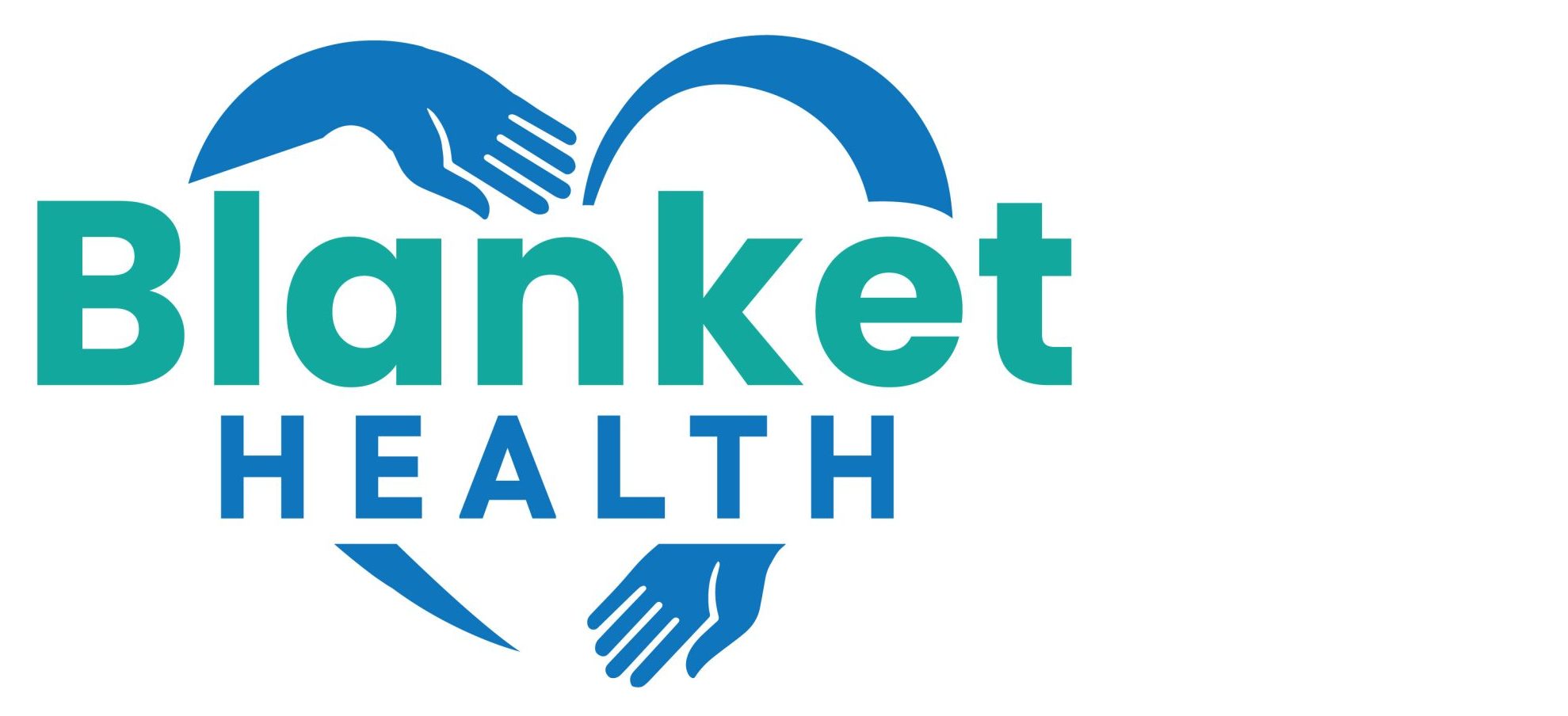Finishing a full course of antibiotics, as prescribed by your healthcare provider, is crucial for several reasons:
Complete Eradication of Bacteria: Antibiotics are designed to target and kill bacteria or inhibit their growth. When you start taking antibiotics, they begin to eliminate the bacteria causing your infection. However, not all bacteria are killed immediately. Some may be less susceptible to the antibiotic, and others may be in a dormant or less active state. Completing the full course ensures that even the hard-to-kill bacteria are eliminated, preventing the infection from recurring.
Preventing Antibiotic Resistance: Incomplete antibiotic courses can contribute to the development of antibiotic-resistant bacteria. When exposed to antibiotics but not completely eradicated, bacteria can develop resistance mechanisms, making them less susceptible to the same antibiotics in the future. This can pose a serious public health threat, as antibiotic-resistant infections are more difficult to treat and may lead to increased mortality rates.
Reducing the Risk of Relapse: Stopping antibiotics prematurely, as soon as symptoms improve, may lead to a relapse of the infection. The remaining bacteria can regrow and cause a recurrence of the illness, potentially requiring a more extended and aggressive course of treatment.
Minimizing Complications: Some infections, if left partially treated, can lead to complications. For instance, untreated strep throat may result in rheumatic fever, and incompletely treated urinary tract infections can progress to kidney infections. Completing the antibiotic course helps prevent such complications.
Optimizing Your Health: Finishing the prescribed antibiotic course ensures that your immune system has the upper hand in clearing the infection. By fully eliminating the bacteria, you not only recover from the current illness but also reduce the risk of secondary infections and promote your overall health.
Trust in Your Healthcare Provider: Your healthcare provider has prescribed a specific duration and dosage of antibiotics based on their clinical judgment and the type of infection you have. Trusting their expertise and adhering to their recommendations increases the likelihood of a successful treatment outcome.
It’s essential to communicate with your healthcare provider if you experience severe side effects or adverse reactions to antibiotics. In some cases, they may adjust your treatment plan or switch to a different antibiotic. However, never stop taking antibiotics or reduce the dosage without consulting your healthcare provider, as this can compromise the effectiveness of the treatment. Completing a full course of antibiotics is a crucial step in effectively treating bacterial infections, preventing antibiotic resistance, and safeguarding your health. It is essential to follow your healthcare provider’s instructions and finish the prescribed antibiotics, even if your symptoms improve before the course is complete. Responsible antibiotic use benefits not only your health but also public health by helping to combat the rising problem of antibiotic resistance.
Efficacy of Antibiotic Therapy
 Antibiotic therapy has been one of the most significant medical advancements of the past century, revolutionizing the treatment of bacterial infections and saving countless lives. Its efficacy lies in its ability to target and combat harmful bacteria that cause a wide range of illnesses, from minor infections to life-threatening diseases. Here, we’ll explore the key aspects of antibiotic therapy’s efficacy.
Antibiotic therapy has been one of the most significant medical advancements of the past century, revolutionizing the treatment of bacterial infections and saving countless lives. Its efficacy lies in its ability to target and combat harmful bacteria that cause a wide range of illnesses, from minor infections to life-threatening diseases. Here, we’ll explore the key aspects of antibiotic therapy’s efficacy.
Targeted Bacterial Elimination: Antibiotics are designed to specifically target bacteria while sparing human cells. They work by disrupting essential bacterial functions or structures, such as cell walls, protein synthesis, or DNA replication. This precision allows antibiotics to eradicate the infectious agent without harming the host’s own cells, resulting in a high level of efficacy. Broad Spectrum vs. Narrow Spectrum: Antibiotics come in two categories: broad-spectrum and narrow-spectrum. Broad-spectrum antibiotics can combat a wide range of bacterial types and are often used when the exact cause of an infection is unclear. Narrow-spectrum antibiotics, on the other hand, are highly specific to particular bacteria and are used when the causative organism is known. This differentiation ensures that the treatment is precisely tailored to the type of infection, optimizing efficacy. Rapid Symptom Improvement: In many cases, patients experience rapid relief from symptoms once antibiotic therapy begins. This swift response is a testament to the efficacy of antibiotics in halting the bacterial infection’s progression and allowing the body’s immune system to regain control. Prevention of Complications: Effective antibiotic treatment can prevent complications associated with bacterial infections. For instance, antibiotics can halt the spread of infection and reduce the risk of systemic complications, such as sepsis. They can also prevent the progression of localized infections, like a dental abscess, to more serious conditions. Reduction of Mortality Rates: In severe bacterial infections, such as bacterial pneumonia or bloodstream infections, prompt and appropriate antibiotic therapy can significantly reduce mortality rates. Timely intervention with the right antibiotics can be lifesaving, especially in critical care settings. Limiting the Spread of Disease: Antibiotic therapy not only treats individual patients but also plays a crucial role in public health. By eliminating bacterial pathogens, antibiotics help curb the spread of contagious diseases within communities and prevent epidemics.
While antibiotic therapy is highly effective against bacterial infections, it’s essential to recognize its limitations. Antibiotics have no effect on viral infections, which are responsible for illnesses like the common cold and flu. Moreover, overuse or inappropriate use of antibiotics can lead to antibiotic resistance, where bacteria become less responsive to these drugs, posing a growing global health threat. Antibiotic therapy’s efficacy in treating bacterial infections is a cornerstone of modern medicine. Its precision in targeting bacteria, rapid symptom improvement, and ability to prevent complications and mortality make it a vital tool for healthcare professionals. However, responsible antibiotic use, guided by healthcare providers, is essential to ensure their continued effectiveness and combat the rise of antibiotic-resistant bacteria.



 There are several classes of antibiotics, each with unique characteristics and mechanisms of action. Understanding these classes is essential for choosing the right antibiotic for a particular infection. Here are some of the major classes:
There are several classes of antibiotics, each with unique characteristics and mechanisms of action. Understanding these classes is essential for choosing the right antibiotic for a particular infection. Here are some of the major classes: Antibiotic therapy has been one of the most significant medical advancements of the past century, revolutionizing the treatment of bacterial infections and saving countless lives. Its efficacy lies in its ability to target and combat harmful bacteria that cause a wide range of illnesses, from minor infections to life-threatening diseases. Here, we’ll explore the key aspects of antibiotic therapy’s efficacy.
Antibiotic therapy has been one of the most significant medical advancements of the past century, revolutionizing the treatment of bacterial infections and saving countless lives. Its efficacy lies in its ability to target and combat harmful bacteria that cause a wide range of illnesses, from minor infections to life-threatening diseases. Here, we’ll explore the key aspects of antibiotic therapy’s efficacy.
